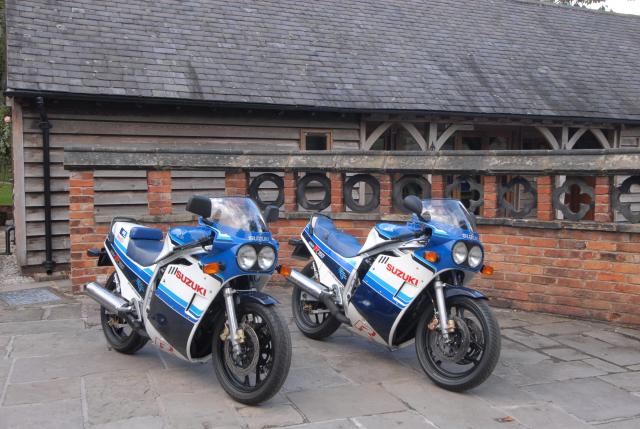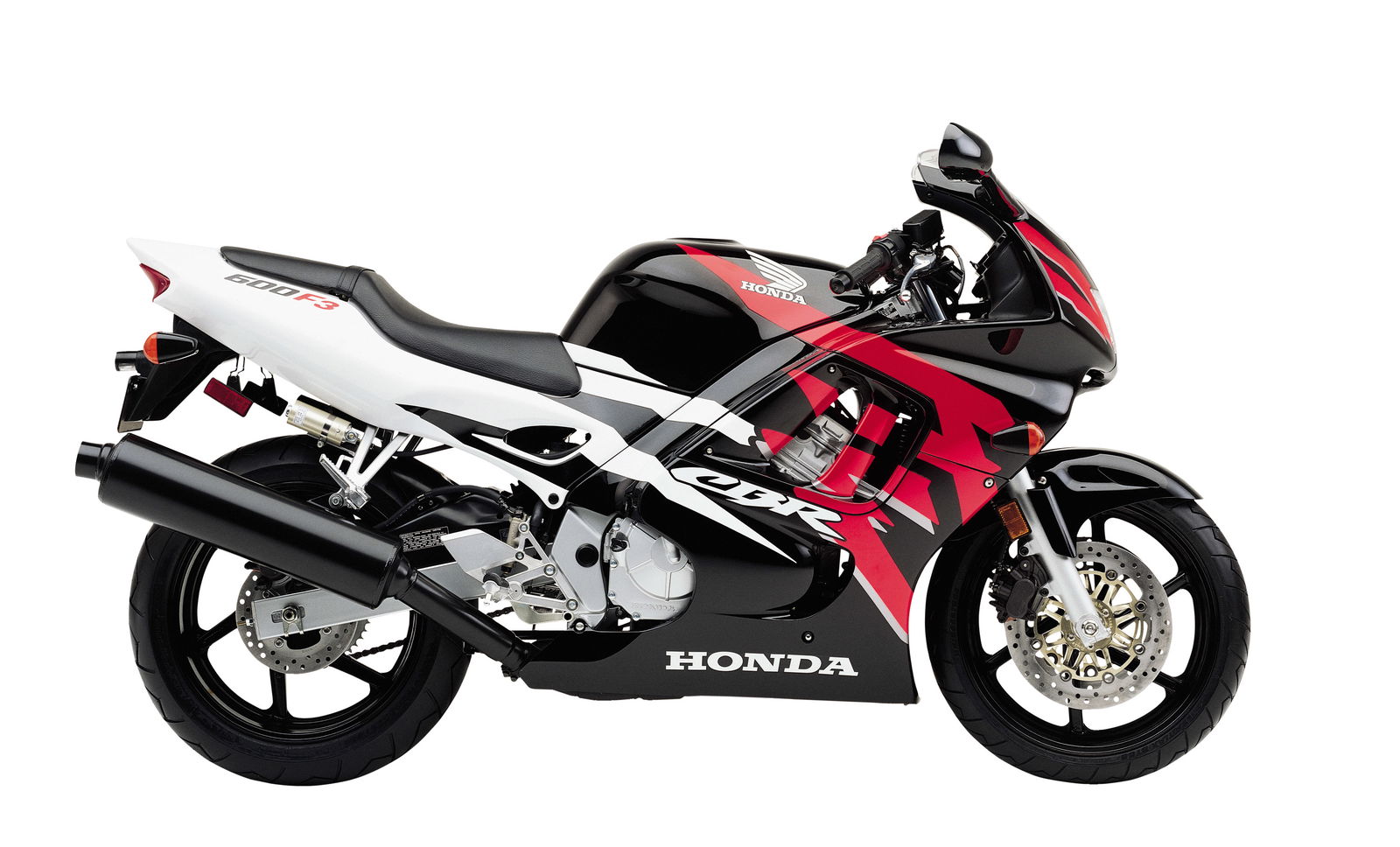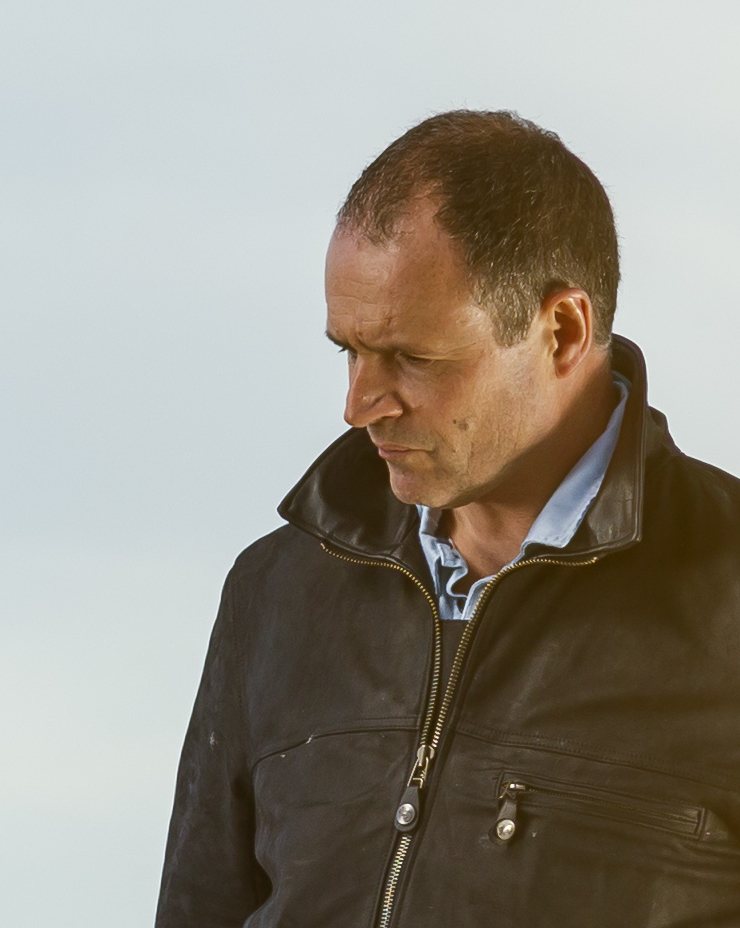The Top 10 Best Ducati V-Twin Superbikes
The Ducati V-twin superbike is no more – but they were brilliant while they lasted…

The unveiling of the Ducati Panigale V2 Superquadro Final Edition also brings to an end an era of world-beating Ducati V-twin superbikes. With the Superquadro no more, the Italian brand’s remaining superbikes are all V4-powered.
(But don’t worry, it’s not the end of Ducati V-twins, they live on in less potent, extreme form, in both the watercooled 939 Testastretta unit, which powers bikes like the Supersport, Monster and DesertX, and in the air-cooled unit which powers the Scramblers…)
That V-twin superbike era started with the 1973 750 Supersport and included many of Ducati’s most successful and definitive machines, including the Mike Hailwood Replica and 916.
But which were the 10 best? Here’s our pick of the bunch, in chronological order…
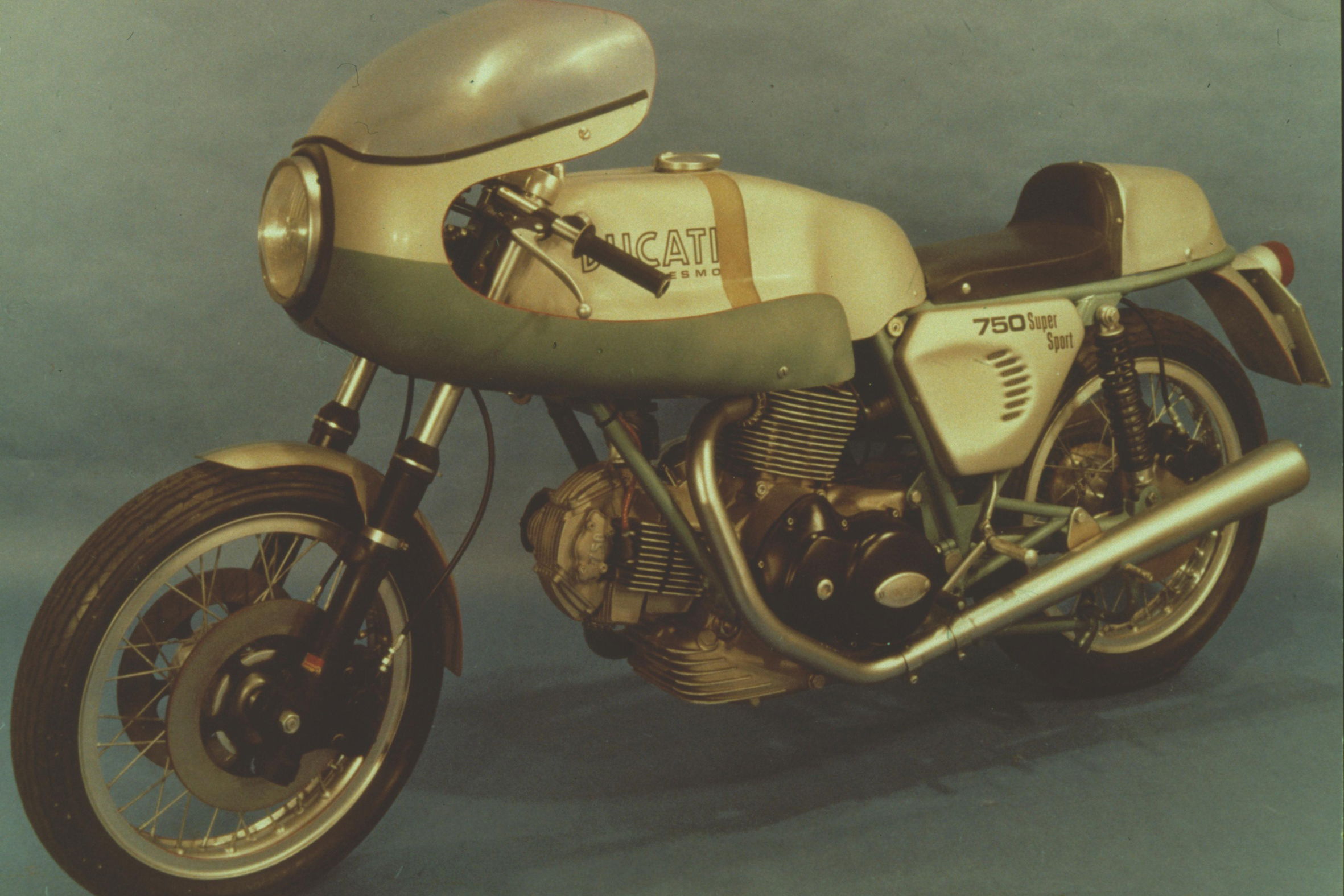
Up to the early 1970s Ducati was famous mostly for four-stroke singles such as its popular Scrambler, with many using the innovative ‘Desmodromic’ valve operation system introduced by legendary designer Fabio Taglioni.
That all changed in 1972. After introducing the conventionally operated V-twin GT750 roadster in 1971, Paul Smart was hired by Ducati to rider a racer hybrid of the GT and its desmo-operated prototype 500GP racer at the inaugural Imola 200 that April and won, both to the astonishment of factory teams from MV Agusta, John Player Norton and more and even Ducati themselves. In celebration, a road-going version, and Ducati’s first production Desmo V-twin, the 750 Supersport, was unveiled at the Milan Show in November 1973 and the rest, as they say, is history…
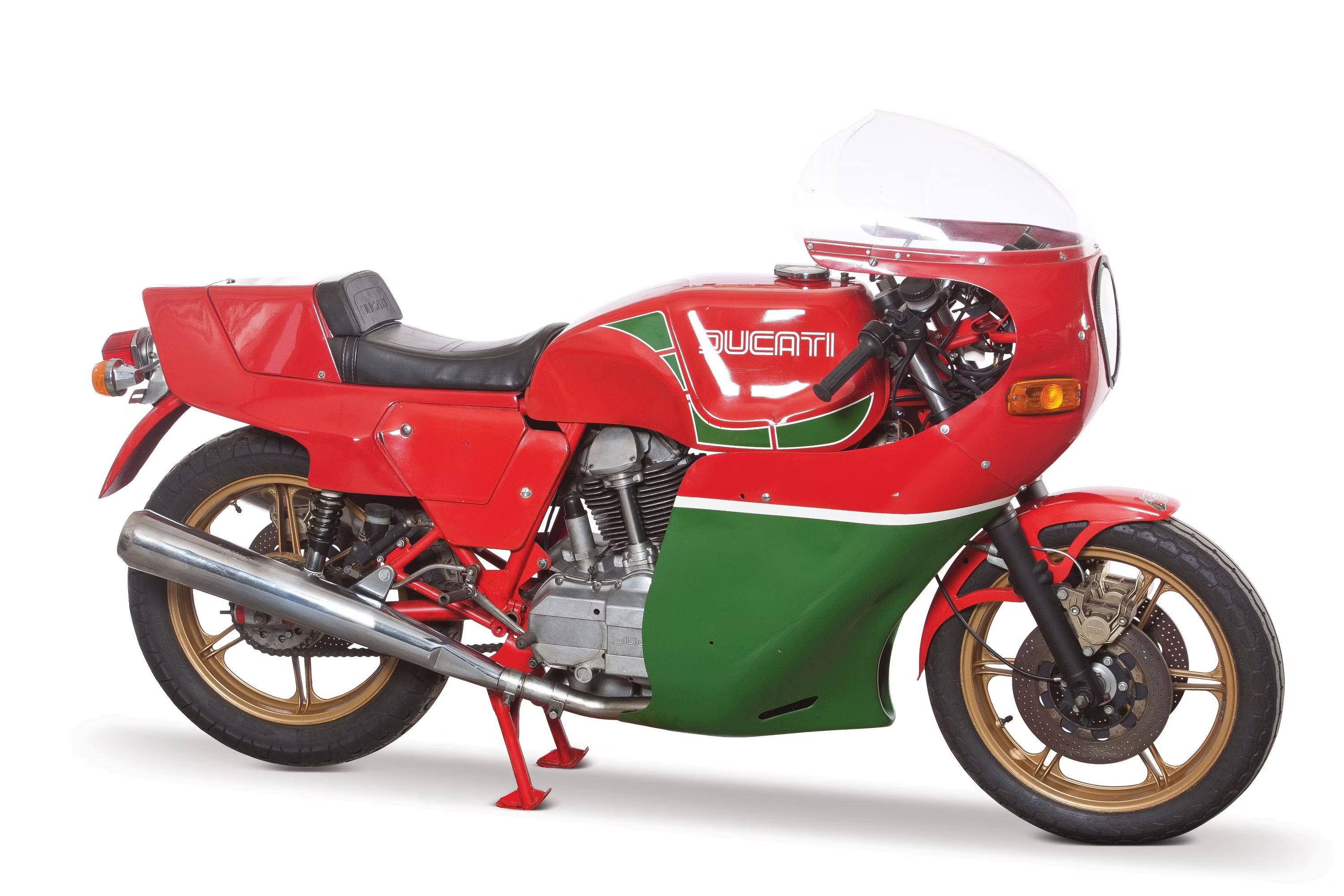
The success of the 750 Supersport led to a number of road spin-offs throughout the ‘70s – a 900 Supersport, the unfaired Darmah and more – and some successful racers, the most famous being the competition-prepared 900 ridden to a stunning victory in the 1978 F1 TT by Mike Hailwood, 11 years after his retirement from bike racing. That bike was a special racer prepared by Steve Wynne’s Sport Motorcycles but its success prompted the production of a lookalike based on the 900 Supersport which remained Ducati’s flagship machine well into the mid-‘80s.
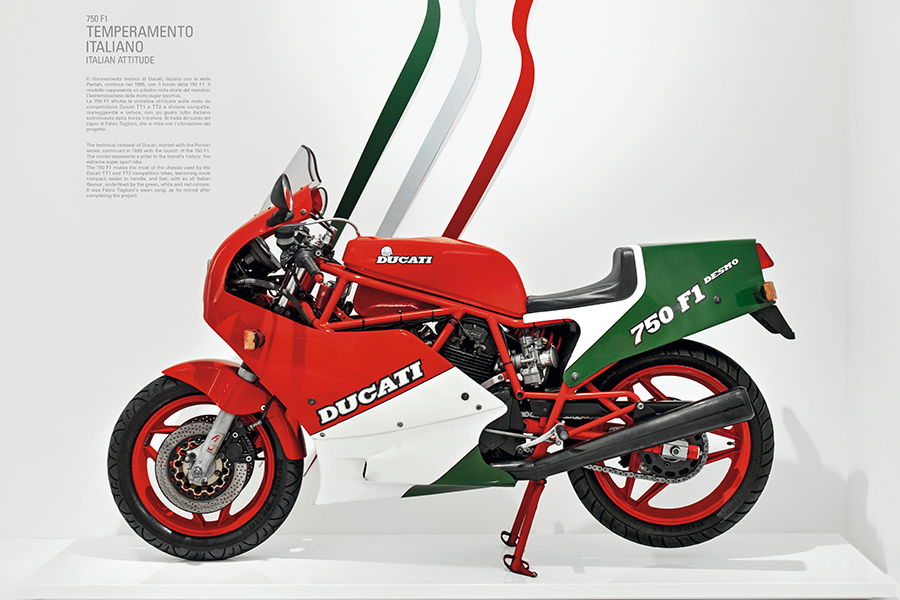
After years of decline, Ducati was bought by Cagiva which promptly set about renewing the brand’s competitive spirit. The first fruits of this were the 750 F1 which was based on its belt-drive Pantah and adopted a frame derived from the one used by its Pantah-based TT1 and TT2 race bikes (which made it very compact, lightweight and agile). It was also the last Ducati to be designed by Taglioni, thus marking the start of a new era for the Bologna concern. Although no ‘true’ superbike, the F1 was the sportiest Ducati of the mid-1980s and would be the starting point for an all-new family of Ducati V-twin superbikes which followed.
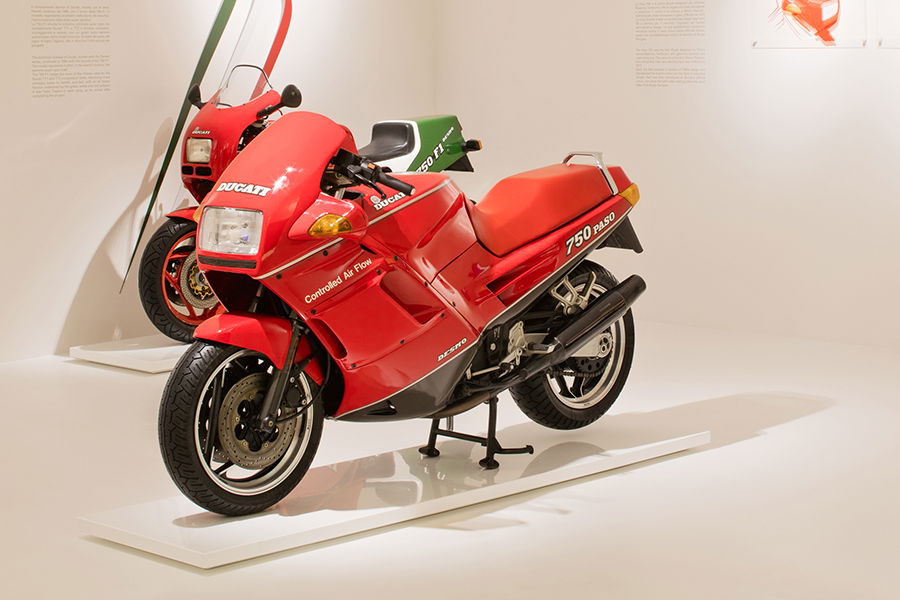
Although no racer, the Paso 750 was in every other respect a Ducati superbike. The first Ducati designed by Massimo Tamburini, the futuristic sports-tourer Paso was one of the first road bikes to adopt a full fairing and was also the model that definitively made red the official colour of Ducati.
It used the belt-drive V-twin from the F1, later enlarged to 904cc and gaining water cooling, then becoming the fuel-injected 907IE. Although not a sales success, its innovation, style and ambition paved the way for many Ducatis which followed. The Paso name, meanwhile, was a tribute to the late racer Renzo Pasolini, from Tamburini’s home town of Rimini.
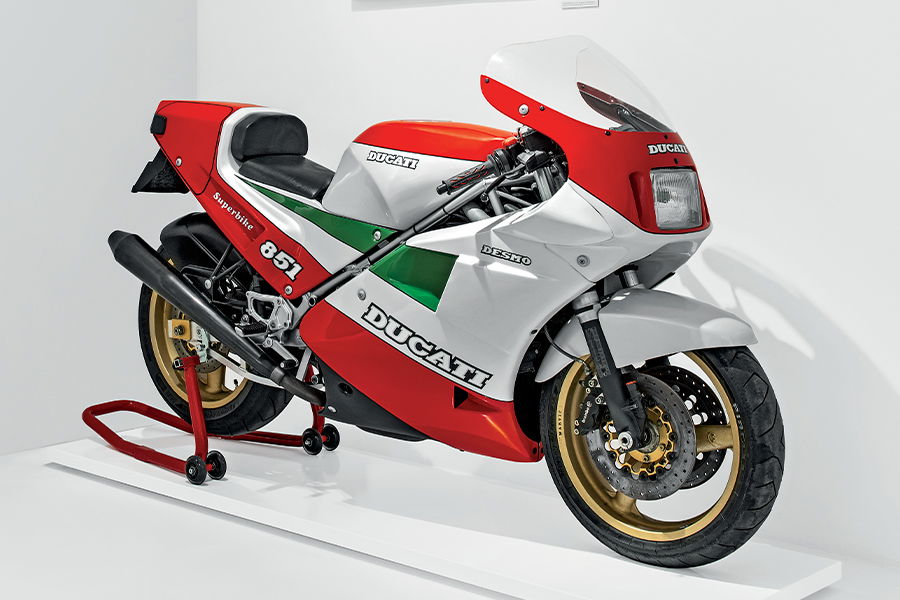
The 851 was a truly revolutionary machine which paved the way for all Ducati V-twin superbikes that followed. At its hearts was the all-new ‘Desmoquattro’ engine, a four-valve, liquid-cooled, fuel-injected incarnation of the 90-degree Desmo V-twin developed by Gianluigi Mengoli and Massimo Bordi which formed the basis of Ducati superbikes for the next 30 years. Its first incarnation was the limited edition 1987 Tricolore, with 16-inch wheels and Paso-style mirrors, which was also offered in homologated racing trim for the new World Superbikes series. In 1990 Raymond Roche won Ducati’s first WSB title with Doug Polen then winning two more on the 888 evolution.
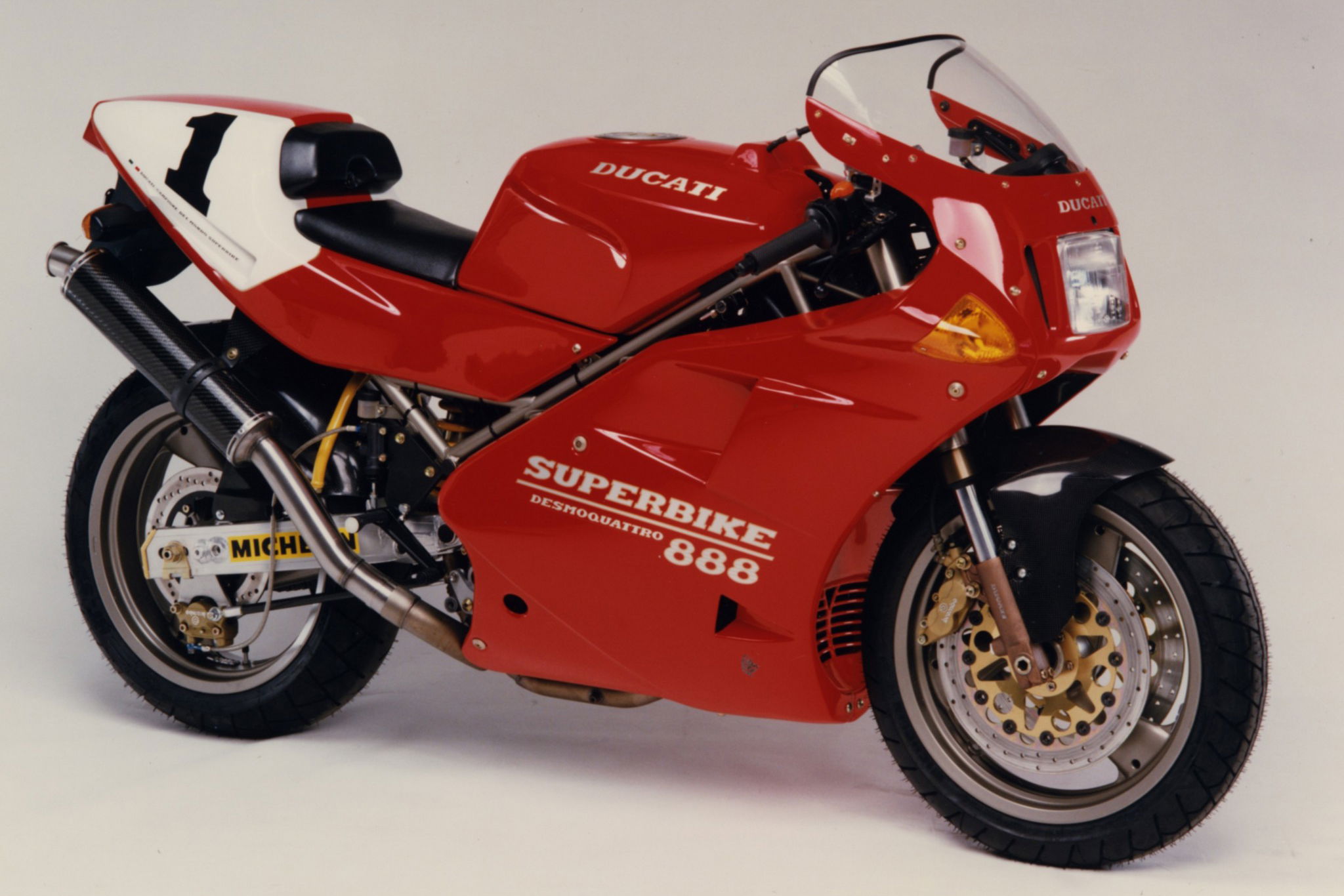
Homologation race-spec versions of the 851, and its successors, were given the ‘SP’ for Sport Production suffix, with the first being the 851 (actually 888cc) SP2 of 1990 distinguished by its Öhlins suspension, fully floating Brembos, 45mm Termignoni exhausts and single seat. The 888 SP3 followed in 1991 with the ultimate being the 1993 888 SP5 with larger valves, higher valve lift, race cooling system, carbon fibre Termignoni exhausts, Showa front forks and bronze Brembo wheels.
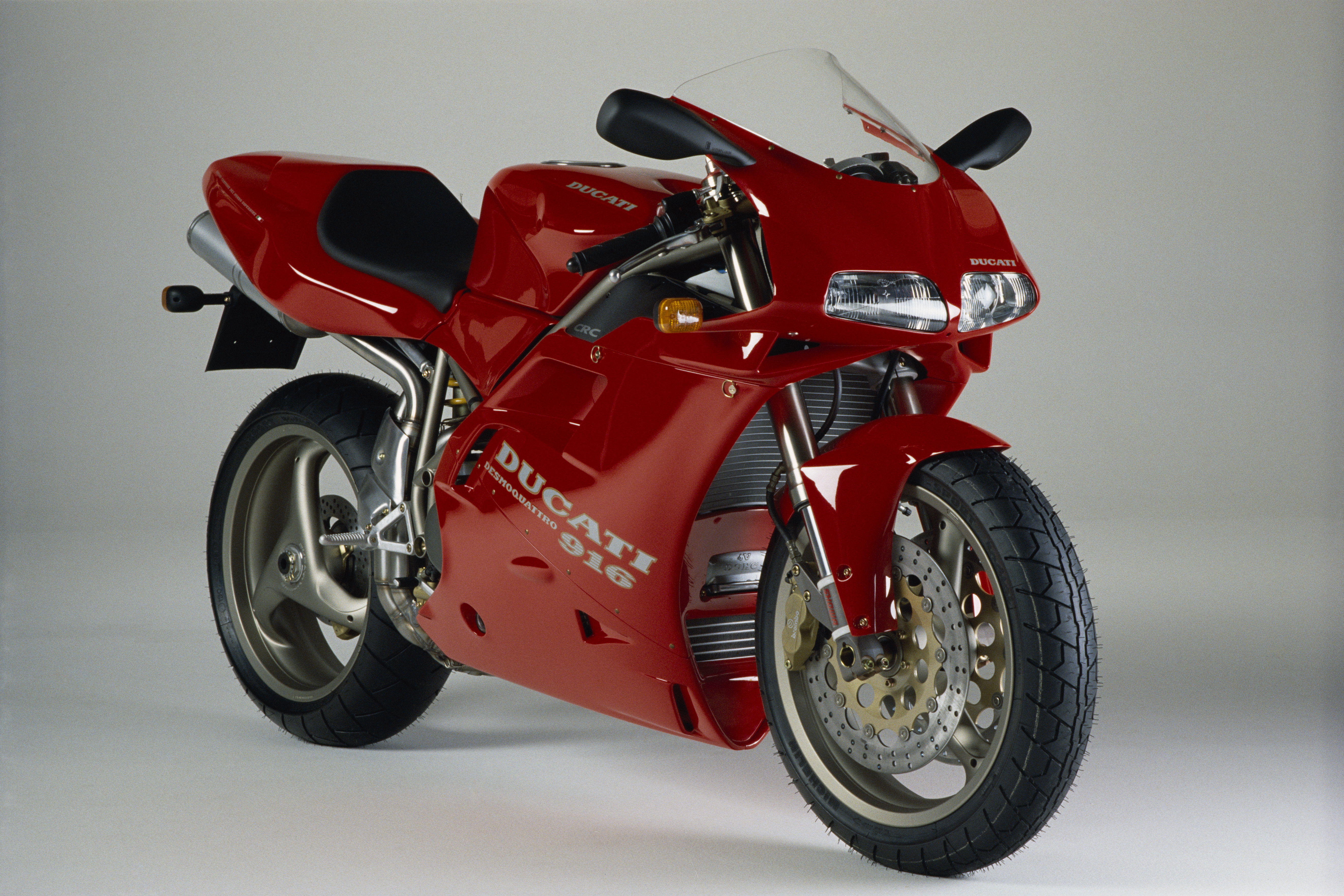
In 1994, the 851/888 was replaced when Massimo Tamburini created his masterpiece, the 916, described by some as the most significant and desirable motorcycle of the late 20th century. It featured a further enlarged 916cc Desmoquattro engine, lighter, more compact chassis, pioneering underseat exhausts and single-sided swing arm (although Tamburini later confessed both were inspired by Honda’s NR750) and went on to take Carl Fogarty to four WSB crowns and two more for Troy Corser and Bayliss. In 1999 it grew to become the 996, with the new ‘narrow head’ ‘Testastretta’ engine, then finally the 998 from 2002 to 2004.

Replacing the 916 was no easy ask and the job fell to South Africa Pierre Terblanche whose resulting 999 still receives mixed reviews, primarily for its styling. Gone was the single-sided swinger, in came stacked headlights but it was also more powerful, faster and (almost) as successful on track, winning three WSB titles between 2003 and 2006, two for Brits Neil Hodgson and James Toseland. As with the 916’s 748 version, a ‘junior’, supersport version was also available, this time called the 749.
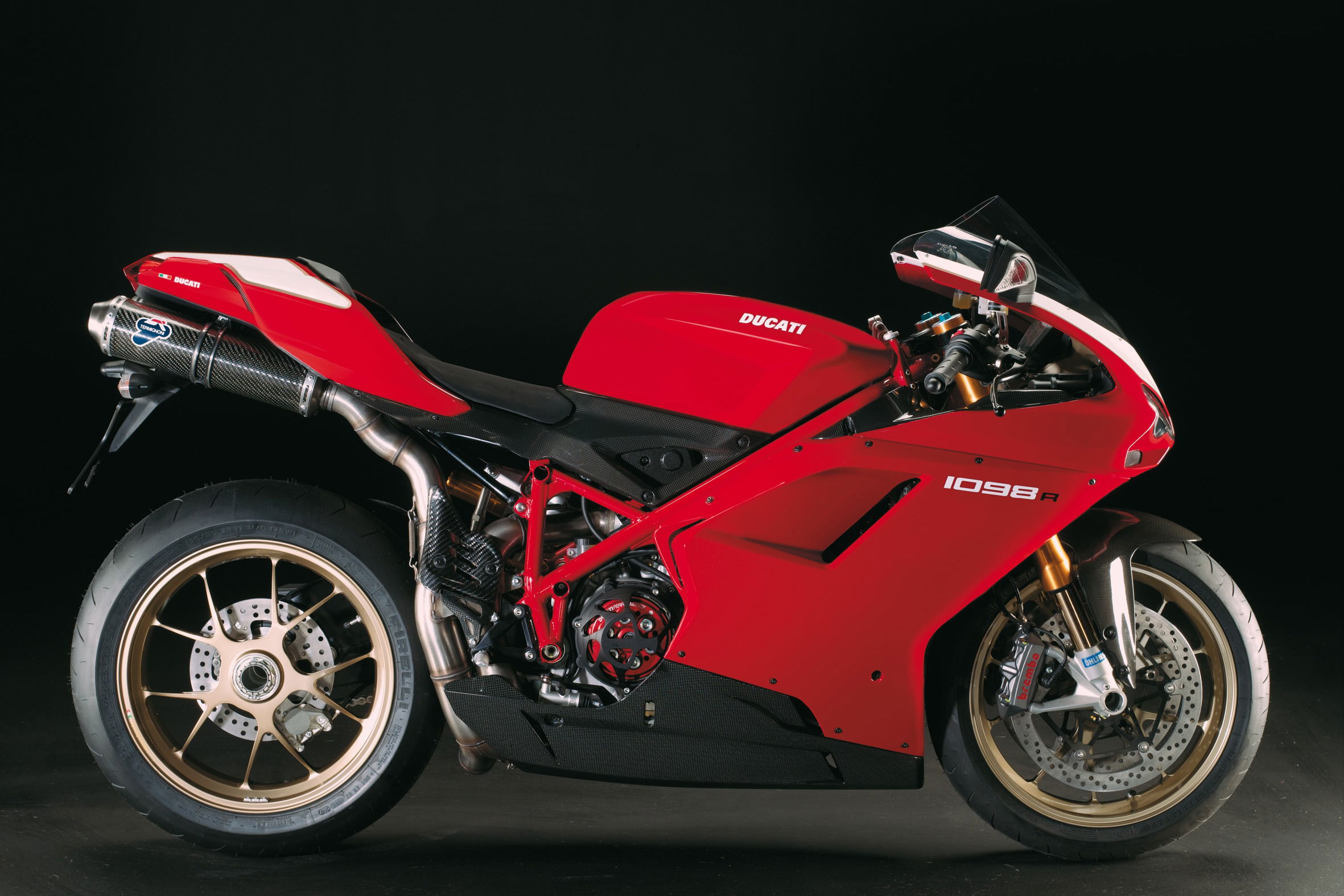
After the contentious 999, a deliberate attempt to create another ‘beautiful’ Ducati superbike resulted in the 1098. Designed by Giandrea Fabbro, it saw the return of the single-sided swing arm and, as with the 999, it was offered in standard, uprates ‘S’ and race-spec ‘R’ forms; capacity grew to 1098 (160bhp) then 1198cc (170bhp) in 2009 with Bayliss winning the WSB crown in 2008 and Carlos Checa the 2011 version.

After the 1198, another all-new V-twin was developed for its superbike successor. The 2012 1199 Panigale not only raised the bar with its aluminium monocoque chassis, its Superquadro (super square) V-twin had an exceptionally short stroke to enable high rpm and thus greater power, initially 172bhp. This was then succeeded by the 1285cc 1299 in 2015 which lived on until the 1299 Panigale R Final Edition in 2017. But with no WSB titles since 2011, the writing was on the wall for the Ducati V-twin…
